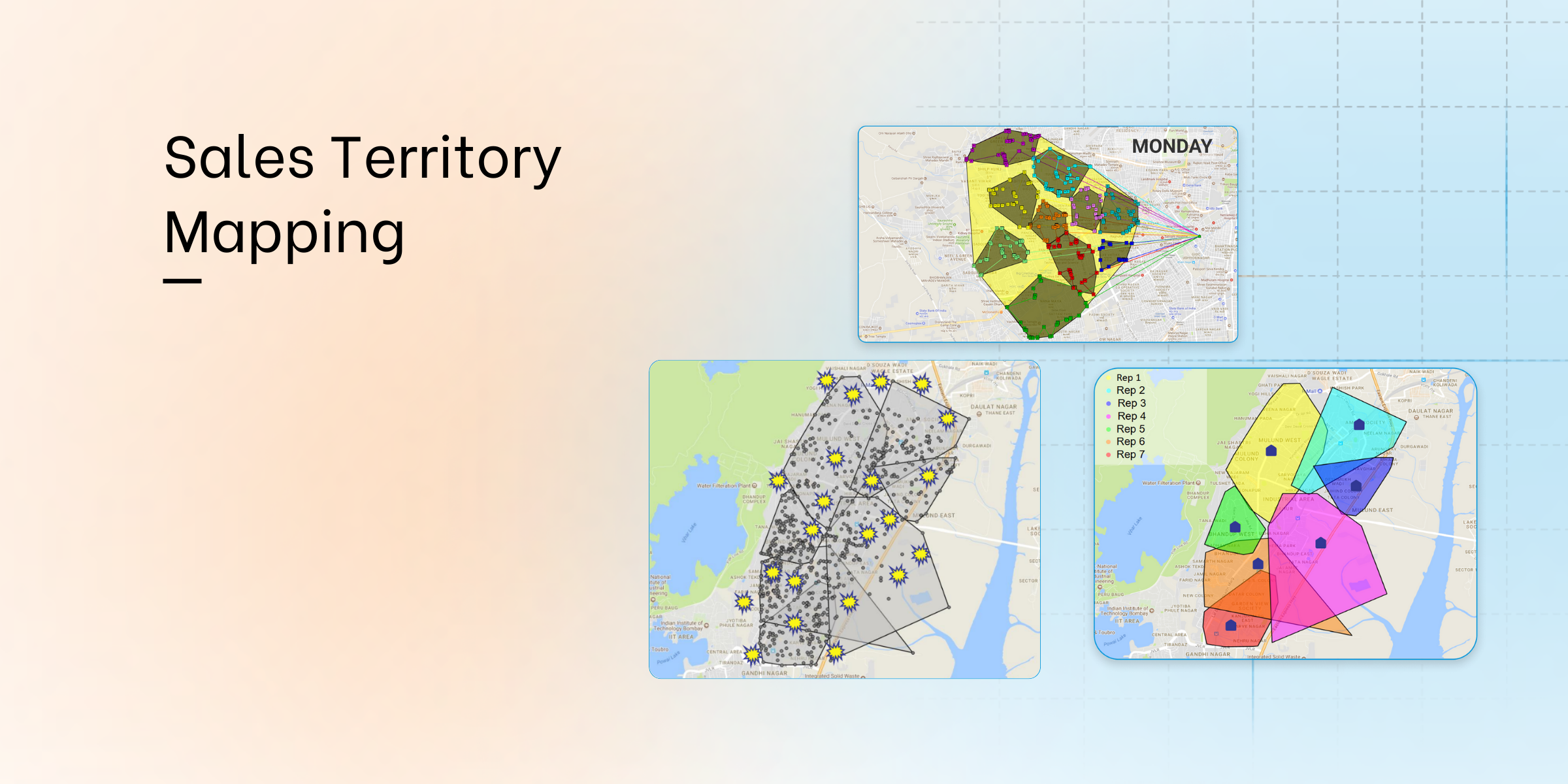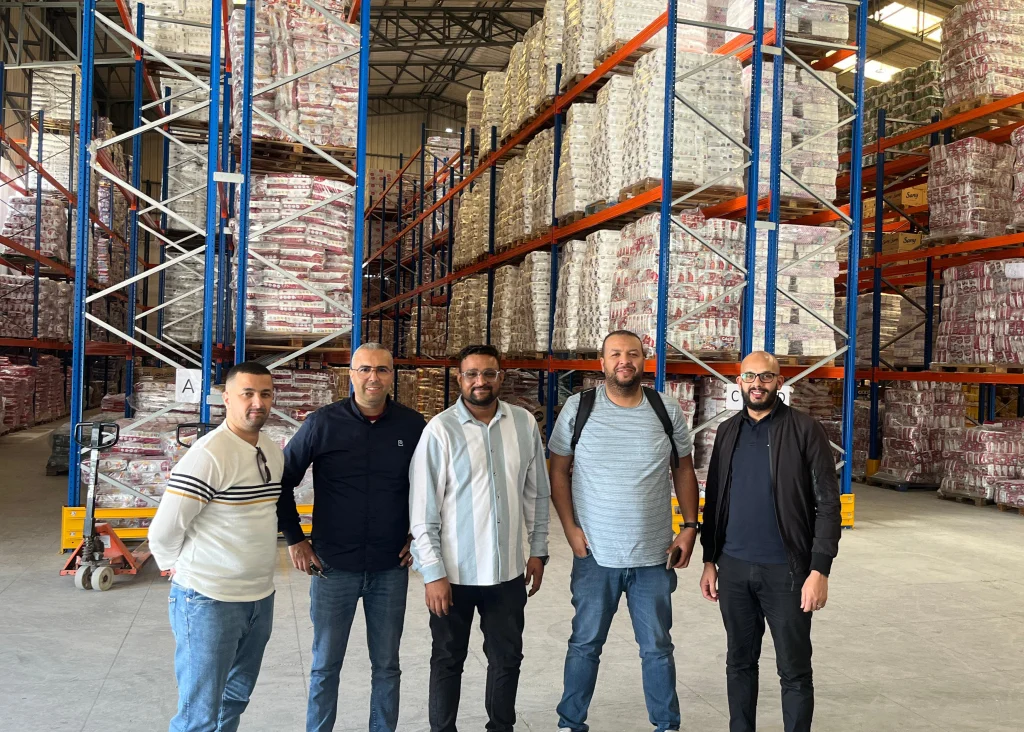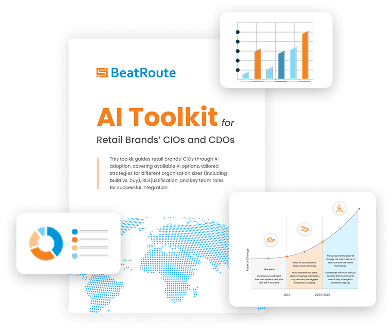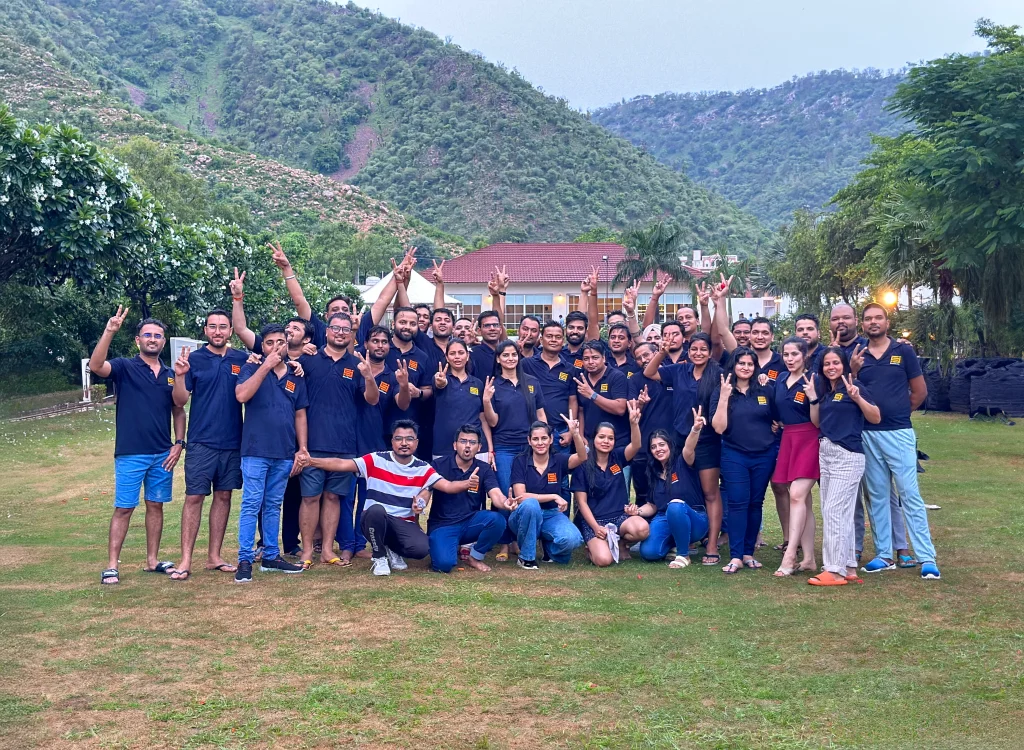Sales Territory Mapping Philippines | Boost Sales & Cut Costs

Territory Mapping is transforming how Filipino businesses approach sales management across the archipelago. With proven results showing 20% reduction in fuel costs and 12.6% sales uplift, smart territory mapping has become essential for companies wanting to maximize their field sales performance. This comprehensive guide shows you exactly how to implement effective territory Mapping strategies that work specifically for the Philippine market.
What is Territory Mapping ?
Territory mapping is the strategic process of dividing your market into manageable geographic areas and assigning them to specific sales representatives. Think of it as creating a detailed roadmap where each salesperson knows exactly which customers to visit, when to visit them, and the most efficient routes to take.
Why Filipino Business Needs It ?
Territory mapping software helps Filipino businesses overcome unique challenges like serving customers across multiple islands, managing complex distribution networks, and optimizing coverage of everything from Metro Manila’s dense urban areas to remote sari-sari stores in the provinces.
Purpose of SalesTerritory Mapping
The purpose of a territory plan goes beyond just drawing boundaries on a map. It ensures fair workload distribution, maximizes sales coverage, reduces travel costs, and helps your team focus on high-potential customers. When done correctly, sales territory mapping transforms scattered sales activities into a coordinated strategy that delivers measurable results.
Philippines-Specific Territory Mapping Challenges That Need Smart Solutions
Sales teams face unique local realities such as complex geographies, dense urban traffic, and diverse store types, all of which demand a smarter approach than traditional methods.
Manual Sales Beat Planning Creates Costly Inefficiencies
Many Filipino businesses still rely on spreadsheets and manual planning for their sales territory management. This outdated approach leads to inefficient routes, missed customer visits, and sales reps spending more time traveling than actually selling.
Manual beat planning causes several problems that directly impact your bottom line: unoptimized travel routes that waste fuel and time, inconsistent customer coverage that creates service gaps, and unfair territory assignments that demotivate your sales team.
Complex Archipelagic Distribution Networks
The Philippines’ unique geography of over 7,000 islands creates distribution challenges that require intelligent territory optimization. Sales teams must navigate varying infrastructure levels, ferry schedules, and regional accessibility constraints while maintaining consistent coverage.
Without proper territory Mapping software, companies struggle to balance urban and rural coverage effectively. This often results in over-serving easily accessible Metro Manila areas while neglecting profitable opportunities in the provinces.
Ineffective Sales Resource Utilization
Research shows that ineffective utilization of sales resources is one of the most significant challenges FMCG companies face in the Philippines. Poor territory design leads to sales reps being underutilized in some areas while overwhelmed in others.
This resource imbalance creates multiple problems: territory conflicts between sales reps, uneven workload distribution that affects team morale, and missed sales opportunities due to inadequate coverage.
A sari-sari store in the Philippines with a retailer using a tablet, highlighting traditional retail distribution and modern sales management
Step-by-Step Territory Mapping Implementation
Discover how outlet profiling, data cleanup, smart design, optimized routing, and continuous monitoring come together to transform territory Mapping into a growth engine.
Step 1: Outlet profiling and classification
Start your territory Mapping process by gathering accurate data about your customers, sales history, and market potential. Use store profiling to categorize outlets based on business potential and visit frequency requirements.
Analyze your current territory assignments to identify imbalances, coverage gaps, and opportunities for optimization. This baseline assessment provides the foundation for data-driven territory improvements.
Step 2: Outlet De-Duplication and Cleanup
Before moving into territory design, it’s essential to clean and consolidate your outlet data. Duplicate or outdated entries can skew workload balance, inflate coverage numbers, and create inefficiencies in territory Mapping.
Use de-duplication processes to identify and merge duplicate outlets, correct inconsistencies in store details, and remove inactive or irrelevant outlets. Standardizing outlet information ensures your territory maps are based on accurate, reliable data. This cleanup step saves your sales team from wasted visits, prevents double-counting, and sets the stage for fair and effective territory design.
Step 3: Territory Design and Optimization
Create territory maps based on business potential rather than just geography. Consider factors like outlet density, sales rep expertise, and logistical constraints when drawing territory boundaries.
Use territory optimization tools to balance workloads fairly and ensure each sales rep has realistic opportunities to meet their targets. This prevents the demotivation that comes from unbalanced territory assignments.
Step 4: Route Planning and Beat Creation
Develop optimized routes that consider real-world constraints like traffic patterns, customer availability, and visit frequency requirements. Create structured beat plans that ensure systematic coverage without overwhelming your sales team.
Implement intelligent scheduling that factors in rep calendars, holidays, and customer timing preferences to maximize visit success rates.
Step 5: Implementation and Monitoring
Deploy your territory plan with proper training and support for your sales team. Monitor key performance indicators like visit completion rates, customer satisfaction scores, and sales performance by territory.
Use territory management software to track results and make adjustments as needed. Regular review and optimization ensure your territories continue delivering optimal performance as your business evolves.
Common Territory MappingMistakes Filipino Businesses Should Avoid
Avoiding common mistakes like geography-only mapping, overlooking rep strengths, and ignoring execution realities is only half the battle; the next step is learning how to plan territories the right way.
1.Over-Reliance on Geographic Boundaries
Many companies make the mistake of creating territory maps based solely on geographic divisions like provinces or cities. This approach ignores business potential and can create significant workload imbalances.
Instead, focus on business potential and outlet type when designing territories. BeatRoute’s intelligent territory management considers these factors to create more balanced and profitable assignments.
2.Ignoring Sales Rep Capabilities and Preferences
Effective territory allocation considers the skills, experience, and local knowledge of individual sales representatives. Assigning experienced reps to challenging territories while giving new team members appropriate development opportunities improves overall performance.
3.Failing to Plan for Practical Execution Constraints
Territory planning must account for real-world factors like travel time, customer availability, and local market conditions. Plans that look good on paper but fail in execution waste resources and frustrate your sales team.
BeatRoute’s constraint-aware planning ensures your territories work in practice, not just in theory.
Maximizing Territory Mapping Success in Philippine Markets
Retail brands in the Philippines can follow these steps to improve their territory Mapping drastically.
Leverage Technology for Competitive Advantage
Modern sales territory Mapping requires sophisticated tools that go beyond basic mapping software. BeatRoute’s goal-driven AI framework ensures every aspect of territory management aligns with your business objectives.
The platform’s zero-code customization allows you to adapt the system to your specific business processes without requiring technical expertise. This flexibility is crucial for Philippine businesses with unique operational requirements.
Focus on Continuous Improvement
Territory optimization is an ongoing process, not a one-time project. Regular analysis of territory performance, customer feedback, and market changes helps you refine your approach for better results.
Use performance analytics to identify successful territory strategies and replicate them across your organization. BeatRoute’s reporting capabilities provide the insights needed for data-driven optimization.
How BeatRoute Solves Philippine Territory Mapping Challenges
From smarter profiling to proven cost savings, BeatRoute shows how territory Mapping works in the Philippines, and the next section reveals why global brands already trust it.
Store Profiling and Prioritization for Smart Territory Design
BeatRoute enables intelligent territory Mapping by factoring in business potential and outlet type. Stores are categorized based on sales potential so you can align your best reps with high-opportunity outlets while still ensuring full customer coverage. This drives higher ROI by focusing resources where they deliver the most impact.
Automated Beat Planning with Real-World Constraints
BeatRoute’s beat planning accounts for rep availability, customer timing windows, visit frequency, off-days, and territory boundaries. This ensures visit plans are realistic and executable on the ground, avoiding impossible schedules that frustrate reps and lower compliance.
Route Optimization Built for Philippine Business Realities
The software optimizes visits for sales priorities, not just distance. It balances workloads across reps, integrates working calendars and public holidays, and manages retailer-level availability so visits happen at the right time.
Cost Reduction and Efficiency Gains
Philippine businesses using BeatRoute report 15–20% reductions in travel time and fuel costs by moving from manual planning to intelligent optimization.
Why Global brands are trusting BeatRoute
Renowned names like Philip Morris International, one of the world’s leading tobacco companies, rely on BeatRoute’s Route Optimization Software in the Philippines to streamline territory design and optimize field sales routes.
Book a Demo
Ready to transform your sales execution?
👉Book a free demo today and see how intelligent territory mapping can cut costs, boost sales, and maximize coverage in the Philippines.
FAQs
What is the purpose of a Sales territory plan?
The main purpose is to maximize sales effectiveness by ensuring every customer receives appropriate attention while optimizing resource allocation. A good territory plan helps sales reps focus their efforts, reduces travel time, and improves overall sales performance.
What tools should I use to create sales territory?
Modern businesses benefit from dedicated territory management software rather than manual methods. BeatRoute offers comprehensive Route optimization software which offers territory Mapping tools, including store profiling, route optimization, and beat planning, specifically designed for FMCG and consumer goods companies.
How should I strategically prioritize accounts within my territory?
Focus on accounts with the highest revenue potential and strategic importance first, while ensuring adequate coverage for all customers. BeatRoute help in store prioritization to help identify viable opportunities and create structured visiting schedules.
What are sales territory management best practices?
Key practices include using data-driven territory design, ensuring fair workload distribution, regular performance monitoring, maintaining flexible boundaries that can adapt to market changes, and leveraging technology for optimization and tracking.
About the Author
-
Kanika Agrawal owns deep first-hand market experience ranging from global corporations to startups, where she has contributed to building and scaling solutions that drive measurable business impact. She possesses strong expertise in AI and focuses on translating its capabilities into real business value.
Use Goal-Driven AI to Achieve Retail Sales Uplift, Today!
Join enterprises in 20+ countries that trust BeatRoute, the globally dominant AI platform for sales force automation, field sales, DMS, and eB2B
Latest Insights & Articles
Here are the most impactful articles, platform updates, ebooks and reports for you.


